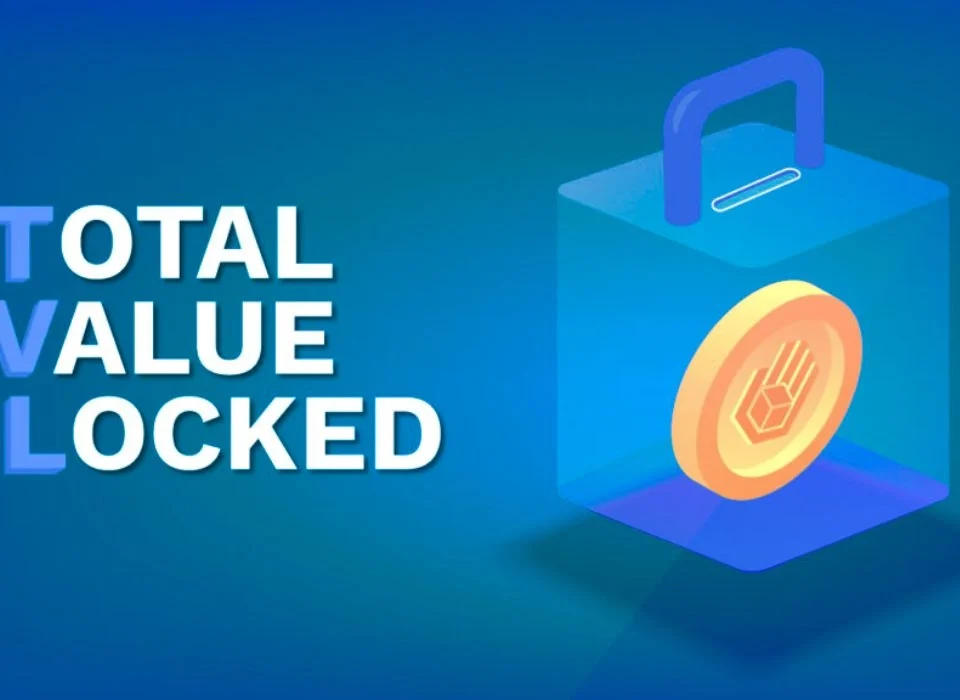
How to Use Crypto Staking Platforms: A Comprehensive Guide
15/08/2024How to Use Crypto Portfolio Trackers: A Step-by-Step Guide
26/08/2024How to Use Crypto Staking Platforms: A Comprehensive Guide
Crypto staking has become a popular method for cryptocurrency holders to earn passive income. By participating in staking, users can lock up their crypto assets to help maintain the operations of a blockchain network, and in return, they receive rewards. This guide will walk you through how to use crypto staking platforms, covering the benefits, risks, and step-by-step instructions.
What is Crypto Staking?
Understanding Staking
Crypto staking involves holding funds in a cryptocurrency wallet to support the operations of a blockchain network. Staking is primarily associated with blockchains that use Proof of Stake (PoS) or one of its variants as their consensus mechanism. In PoS, participants “stake” their coins, and in return, they are given the chance to validate transactions and earn rewards.
Proof of Stake (PoS) vs. Proof of Work (PoW)
- Proof of Work (PoW): Used by Bitcoin, PoW requires miners to solve complex computational puzzles to validate transactions. This method is energy-intensive.
- Proof of Stake (PoS): PoS selects validators based on the number of coins they hold and are willing to lock up as collateral. PoS is more energy-efficient and allows for faster transaction processing.
Benefits of Staking
- Earn Passive Income: Staking allows users to earn rewards in the form of additional cryptocurrency.
- Support Network Security: By staking, participants help secure the network and maintain its decentralization.
- Lower Environmental Impact: PoS and staking are more environmentally friendly than PoW mining.
Choosing a Crypto Staking Platform
Factors to Consider
When choosing a staking platform, consider the following:
- Supported Cryptocurrencies: Ensure the platform supports the specific cryptocurrencies you want to stake.
- Staking Rewards: Compare the annual percentage yield (APY) offered by different platforms.
- Lock-Up Period: Some platforms require you to lock up your assets for a specific period.
- Security: Choose platforms with strong security measures, like two-factor authentication (2FA).
- Fees: Be aware of any fees charged by the platform, such as withdrawal or performance fees.
- Reputation: Look for reviews and user experiences to gauge the platform’s reliability.
Popular Staking Platforms
- Binance: Offers staking for a wide range of cryptocurrencies with competitive rewards.
- Coinbase: Provides user-friendly staking options for Ethereum, Tezos, and more.
- Kraken: Known for its security and reliability, Kraken supports several major cryptocurrencies for staking.
- eToro: Offers staking for select cryptocurrencies like Cardano and Ethereum.
- Ledger Live: A hardware wallet that supports staking directly from your Ledger device.
How to Stake Cryptocurrencies: Step-by-Step Guide
Step 1: Choose a Staking Platform
Select a reputable platform that supports the cryptocurrency you intend to stake. Make sure to review the platform’s terms, fees, and potential rewards.
Step 2: Create an Account
Sign up for an account on the platform. You may need to complete identity verification (KYC) before you can start staking.
Step 3: Deposit or Purchase Cryptocurrency
Deposit the cryptocurrency you wish to stake into your account. If you don’t own the cryptocurrency yet, you can purchase it directly on the platform.
Step 4: Navigate to the Staking Section
Most platforms have a dedicated staking section where you can see the supported cryptocurrencies and staking options.
Step 5: Select the Cryptocurrency to Stake
Choose the cryptocurrency you want to stake. Review the available options, such as flexible staking (no lock-up) or locked staking (with a lock-up period).
Step 6: Stake Your Assets
Enter the amount you wish to stake and confirm the transaction. Your assets will be locked for the specified period, and you will start earning rewards.
Step 7: Monitor Your Staking Rewards
You can usually monitor your rewards in real-time through the platform’s dashboard. Check your rewards and consider re-staking to compound your earnings.
Step 8: Withdraw or Re-Stake
Once the lock-up period ends, or if you’re using flexible staking, you can withdraw your staked assets and rewards. Alternatively, you can choose to re-stake them for additional rewards.
Risks of Crypto Staking
Market Volatility
The value of the cryptocurrency you’re staking can fluctuate, which may affect the overall value of your investment.
Lock-Up Periods
During the lock-up period, your assets are illiquid and cannot be accessed or traded.
Platform Security
Your staked assets are subject to the security of the platform. If the platform is hacked or compromised, you could lose your funds.
Validator Risks
In PoS networks, validators can be penalized for malicious behavior or technical failures, which might reduce your rewards.
Regulatory Uncertainty
Cryptocurrency regulations are still evolving, and changes in laws could impact staking activities.
Conclusion
Crypto staking is an excellent way to earn passive income while contributing to the security and efficiency of blockchain networks. By carefully selecting a staking platform, understanding the risks, and following the steps outlined in this guide, you can successfully participate in staking. As with any investment, it’s important to conduct thorough research and consider your risk tolerance before committing your assets.



